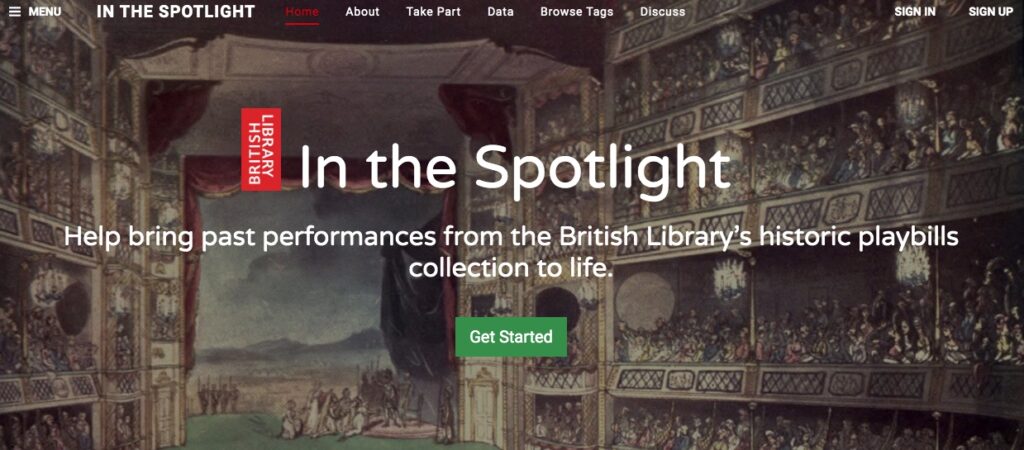2. Be immediately over-productive. When approaching the materials housed upstairs in the Rylander Theatre, the lack of physical organization and preservation measures inspired me to dive deeply into the ins and outs of archival practices and specifically what it takes to create even the simplest accessible physical archive. I thought that, without physical organization, it would be impossible to digitize and organize the materials online (notice how I already forgot that I would be proposing their digitization, not actually doing it).
So there I was for a solid two weeks figuring out what I needed to do to get the physical organization up to snuff before thinking about digitization. I also found myself thinking ahead to when the materials were physically organized, and which online platform I would use to house them digitally (once again, it’s only a proposal, take a breath). Soon enough I had trial accounts for Omeka and WordPress and spent a week’s worth of evenings demanding from myself that I learn how to navigate both programs sufficiently so that I can choose the best one for the proposal. The irony emerged when a GC Digital Fellow came to our class and walked us through various platforms and their pros and cons, and set the matter straight for me in the course of an hour or so.
After a couple months of doing a whole lot of work with very little progress toward any single goal, my one-on-one meetings with our professors helped me to narrow down the vision of my final project. Eventually, I found an application for a digitization subgranting program through the Digital Library of Georgia that matched the needs of the Rylander perfectly. Discovering this subgranting program also allowed me to adopt its application parameters for completing my own proposal, which cut out a lot of peripheral work that seemed important at first, but was not actually necessary for the completion of this project. Going forward, these complementary tasks that didn’t make the cut for my final project can serve as a to-do list for myself this summer or a reference sheet for staff at the Rylander on the occasion that they have an intern or staff member looking to build up the archive in the future. For the next project, instead of frantically attempting to cover all the bases at once, I’ll be sure to take a considerable amount of time to create reasonable, achievable goals that save me time further down the line.



